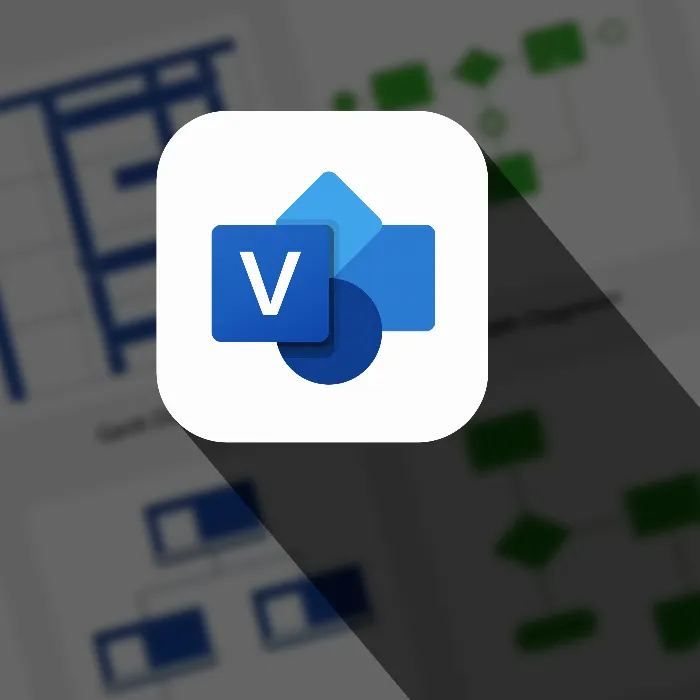Creating organizational charts can be crucial in many contexts, whether for companies, educational institutions, or non-profit organizations. With Microsoft Visio, you have a powerful tool at your disposal that not only allows you to draw organizational charts, but also to import and export data to efficiently create and manage them. In this guide, you will learn how to import and export data to optimize your organizational charts in Visio.
Key takeaways
- You can import and export data to create organizational charts.
- Formatting templates allow for an appealing visual presentation.
- Import is done through the Organizational Chart Wizard and Excel files.
- Exported data can easily be tracked and edited in Excel.
Step-by-Step Guide
Importing Data
Start by creating an Excel table where you list the names of the employees and their superiors. A simple structure could look like this: One column for the name and one for the superior. This table will be the basis for the import into Visio.
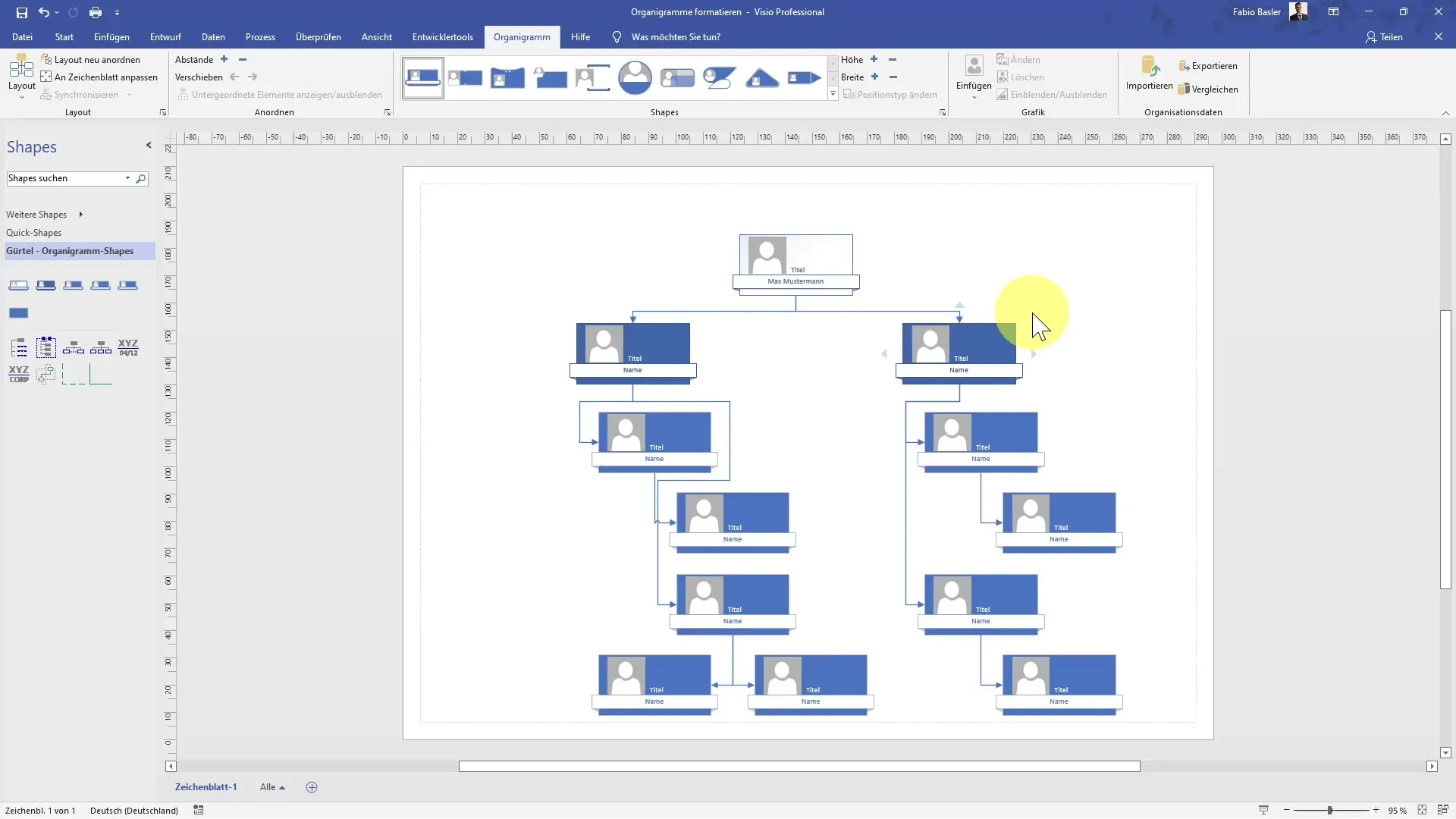
Once you have created the Excel file, open Microsoft Visio. Go to the menu and use the "Import" function, which is located in the Organizational Chart Wizard. Click "Next" to start the import process.
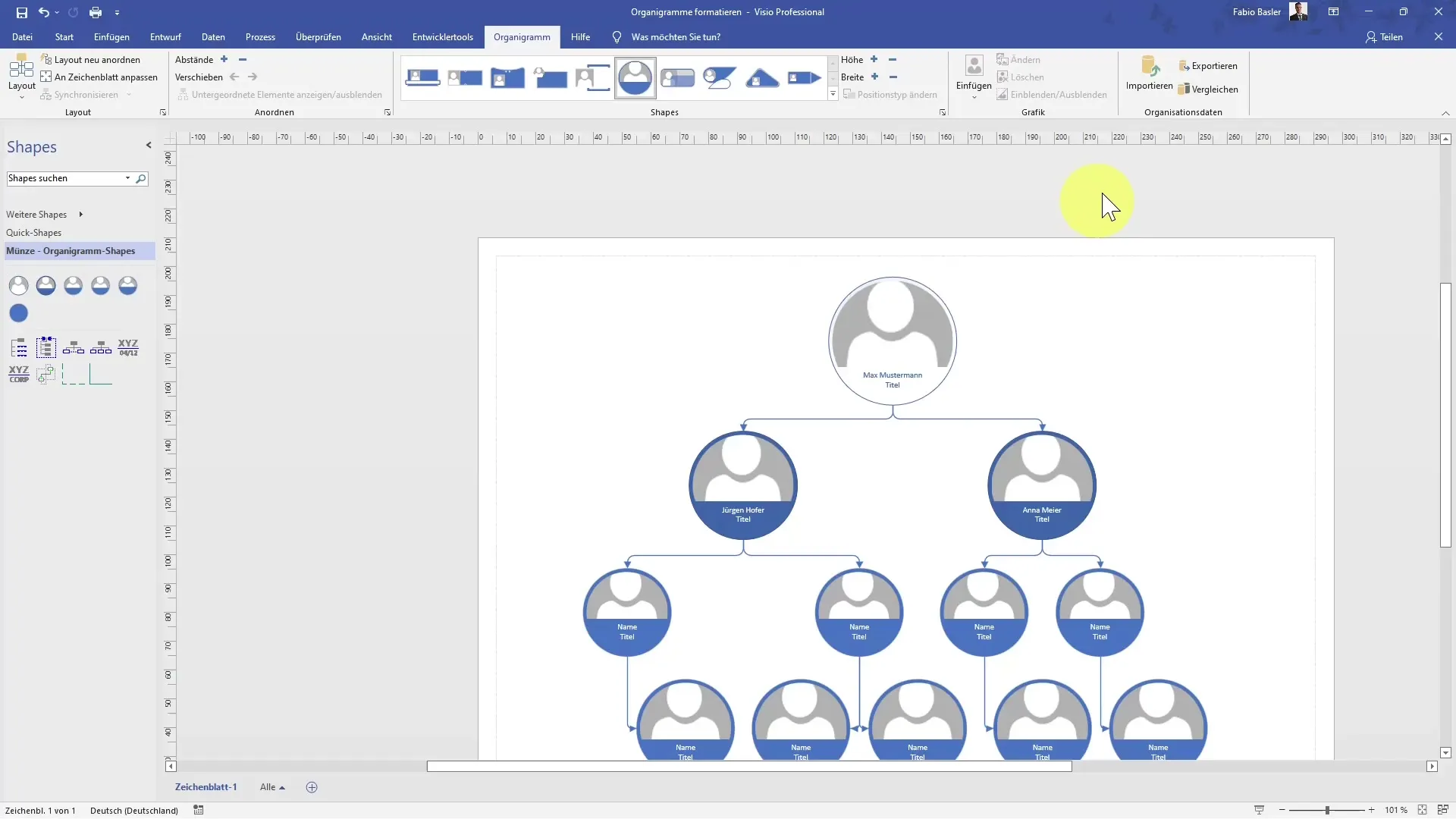
Choose the option to import an Excel file and specify the path to the file you created earlier. You can also simply click "Browse" to select the file. It is important that the structure of your Excel file is designed in such a way that Visio can recognize columns for names and superiors.
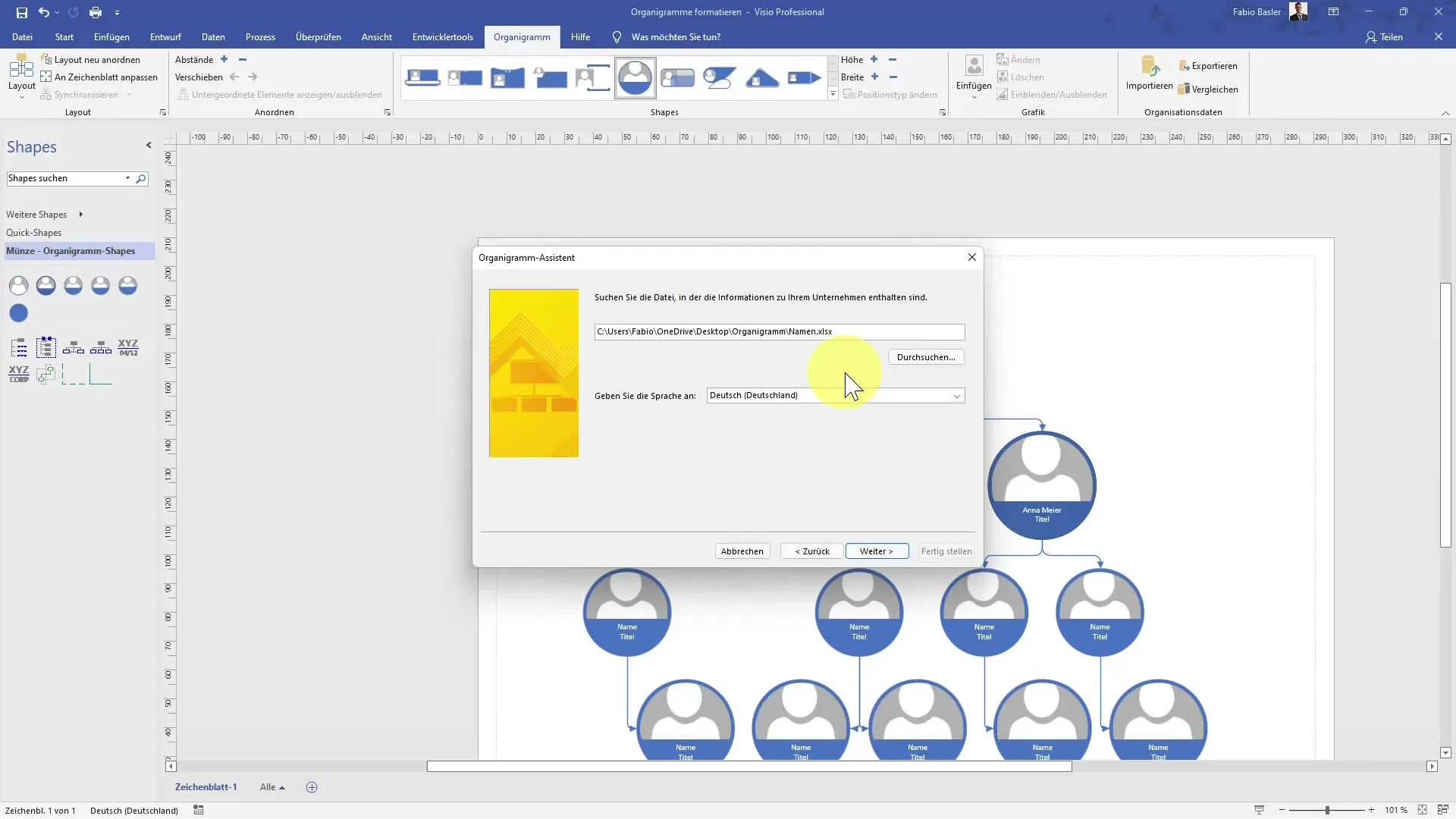
After specifying the path, click "Next" again. Visio will now read the structure in your Excel file and display an overview of the columns that should be imported.
If everything is correctly configured, confirm the import by clicking "Finish". You should now see how the relationships between the various employees are automatically displayed in the organizational chart.
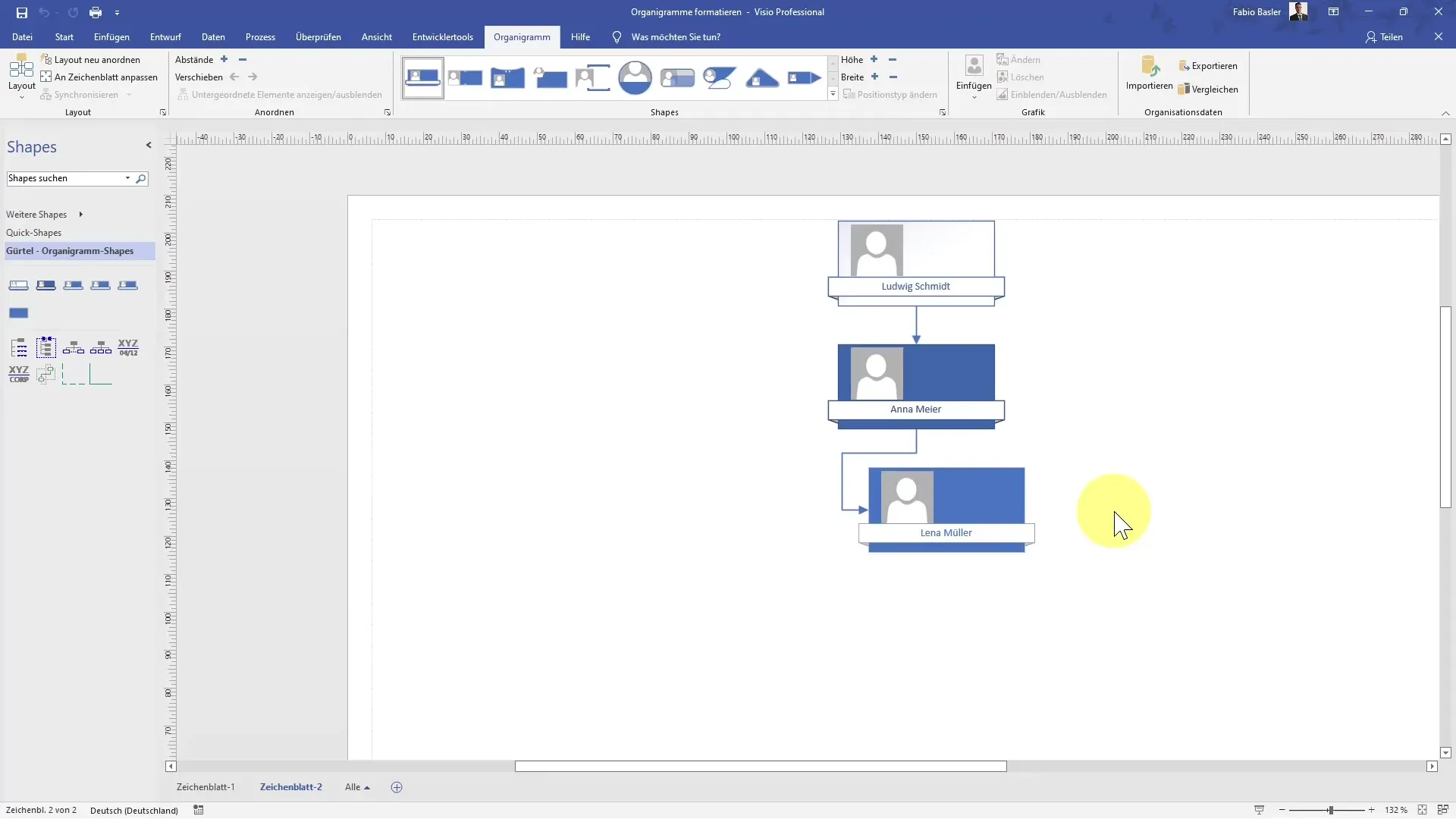
Exporting Data
Once you have created your organizational chart in Visio, you may want to export the data to Excel for further analysis or report generation. To do this, go to the "Export" option in the File menu of Visio.
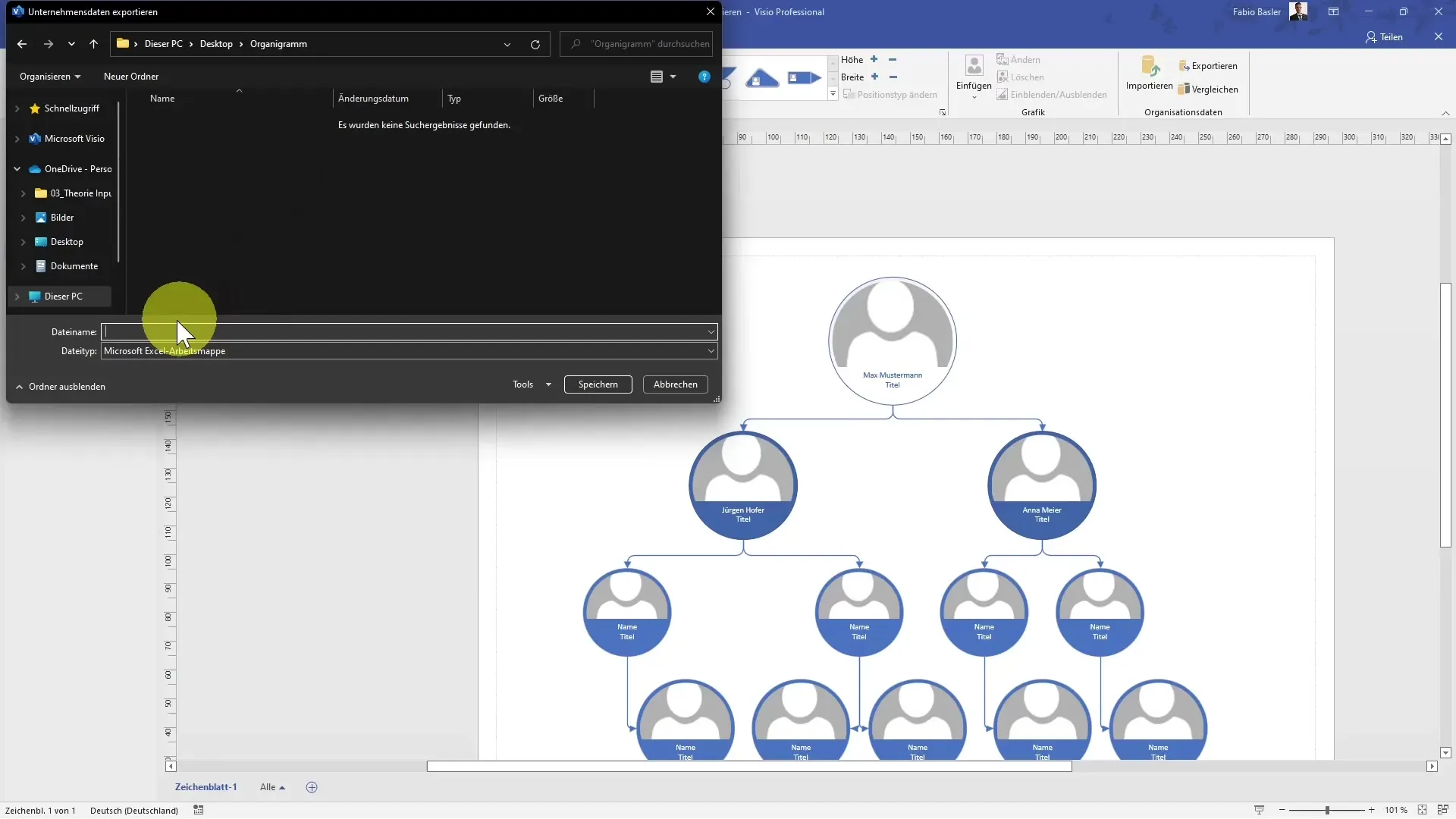
Here you can set the desired file name and storage location. For example, name the file "export.xlsx" so you can easily recognize it. Then click "Save".
Once the export is successfully completed, open the file in Excel. You should see the exported data fully displayed, including department, email addresses, phone numbers, and superiors. This allows you to further edit or analyze the data.
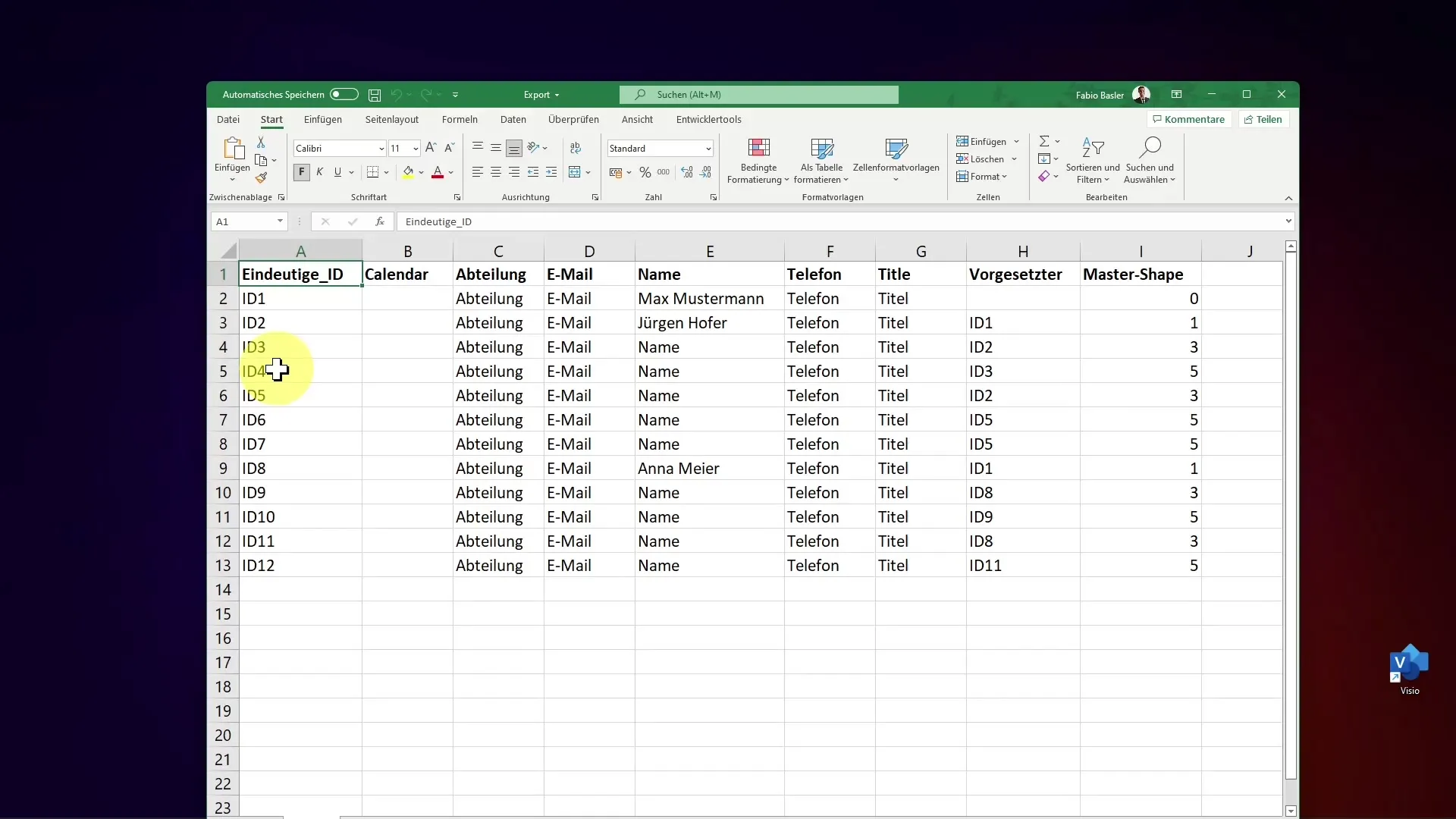
Formatting the Organizational Chart
To improve the appearance of your organizational chart, you can use various formatting templates. Visio offers several design options, such as the "Belt" or "Coin" format. Choose a template that you like and see how the presentation of the organizational chart is instantly updated.
An appealing visual representation is not only aesthetically pleasing but can also contribute to better understanding and clarity. Do not hesitate to experiment with the available options to find the perfect layout for your needs.
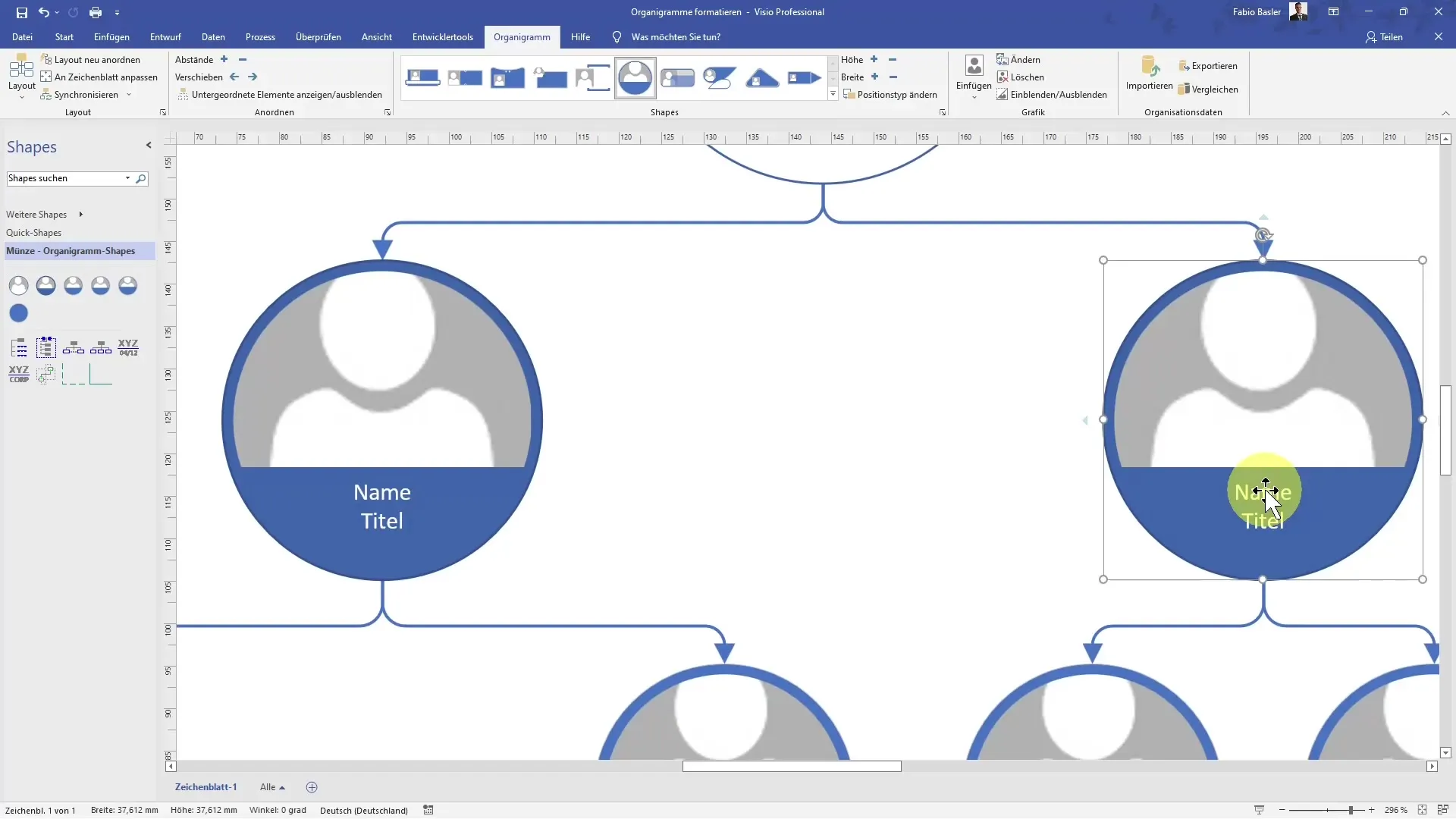
Summary
Importing and exporting data in MS Visio is a powerful way to efficiently create organizational charts. By using Excel for data storage and the ability to use formatting templates, you can not only create your diagrams but also present them attractively.
Frequently Asked Questions
How can I import data into Visio?Data can be imported using the Organizational Chart Wizard and a prepared Excel table.
What happens when exporting data to Excel?When exporting, the organizational chart data is saved in an Excel file which can be easily edited and analyzed.
What formatting styles are available in Visio?Visio provides different formatting styles such as "Belt" and "Coin" for the visual design of organizational charts.
